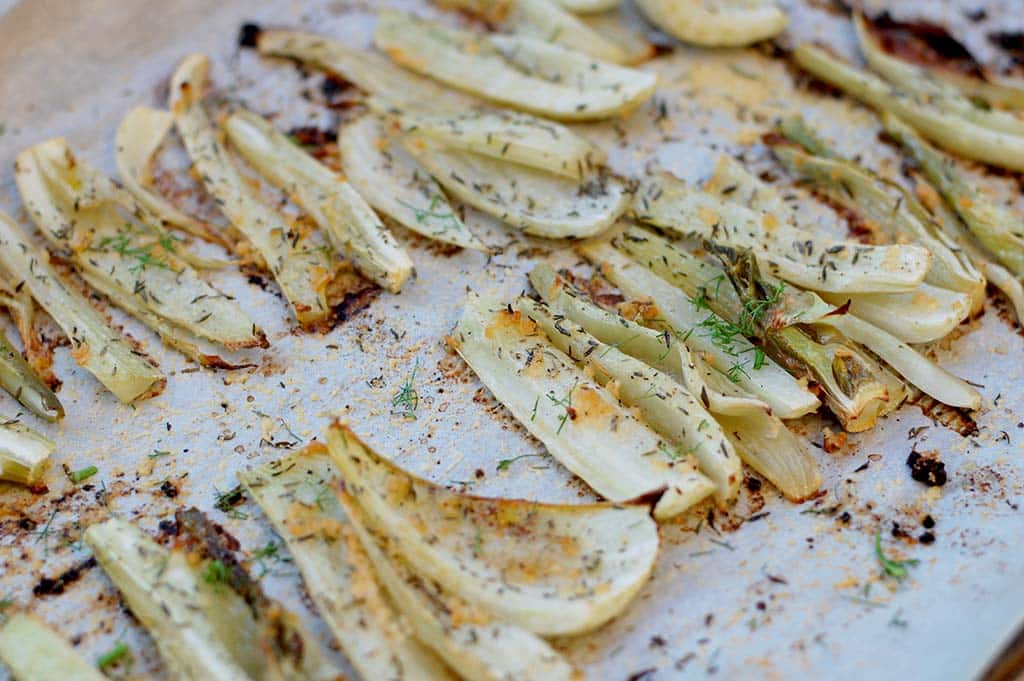Westlake Exclusive Partners: Ojai Gold Nugget Mandarins.
Westlake Exclusive Partners: Ojai Gold Nugget Mandarins.
ABOUT PRODUCE
We're changing the game.
One package at a time.
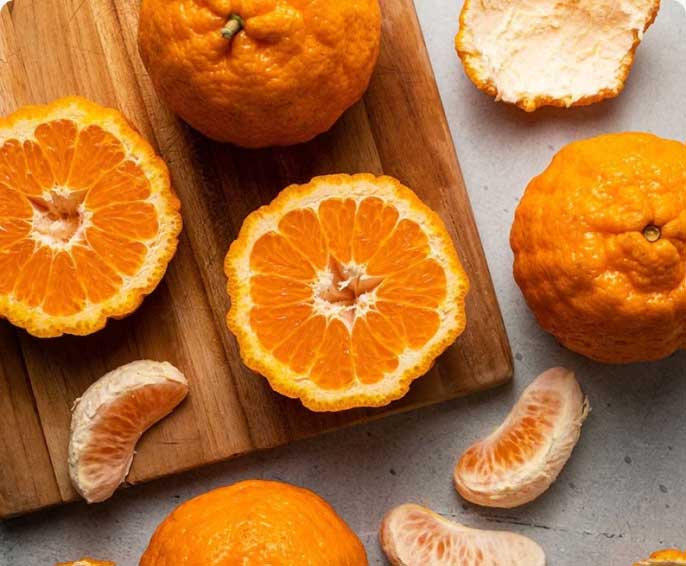
What's In Season
The countdown is on! Gold Nugget season is just around the corner. Ojai-grown mandarins are bursting with juicy flavor and that famous California sunshine! Grown in the magical microclimate of Ojai Valley, these seedless beauties are easy to peel, extra sweet, and packed with vitamin C. Their golden color and bumpy skin make them stand out – and once you peel into one, you’ll taste the freshness! You’ll quickly learn why these are a fan favorite for citrus enthusiasts. Snack on them, toss them into salads or even juice them for the freshest mocktails and cocktails. Bonus: these mandarins are the perfect size… don’t settle for an impish mandarin; go for the gold! 🍊
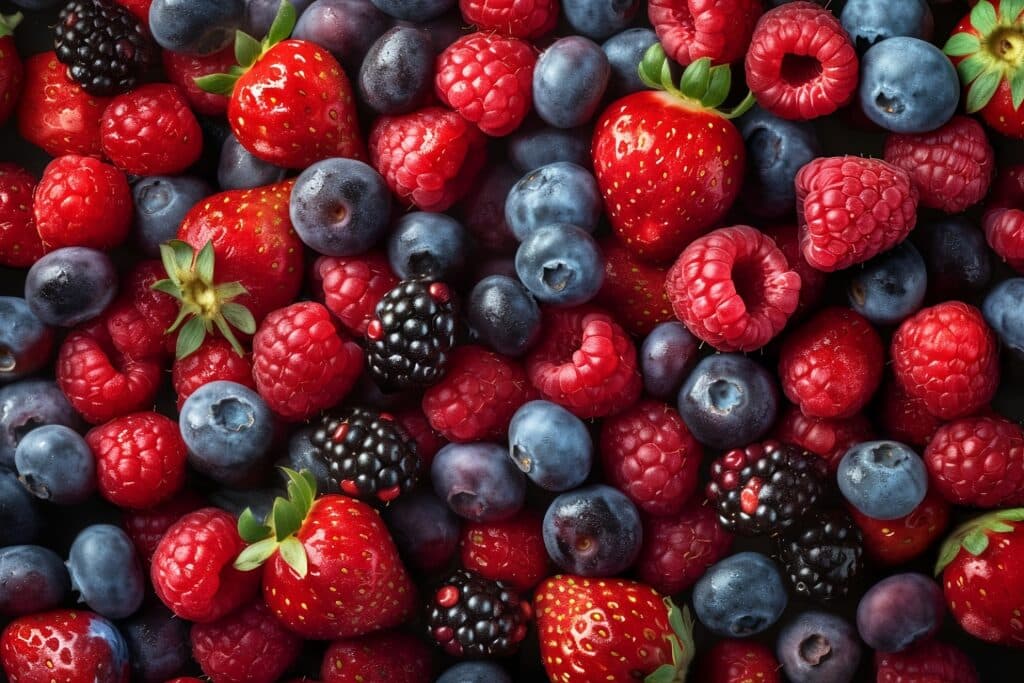
What's trending
Functional produce is a term you’re going to hear more and more. People are seeking food that supports their health beyond basic nutrition. This way of eating emphasizes fruits and vegetables with specific health benefits, such as boosting immunity, improving gut health, and enhancing brain function. For instance, functional produce like berries rich in antioxidants or leafy greens packed with anti-inflammatory properties are becoming popular choices. As people, especially millennials and Gen Z , shift towards food as medicine, demand for nutrient-dense, functional varieties is on the rise. This growing awareness is reshaping the produce industry and driving sales.
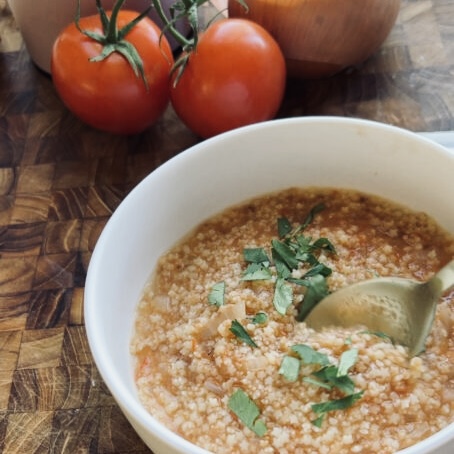
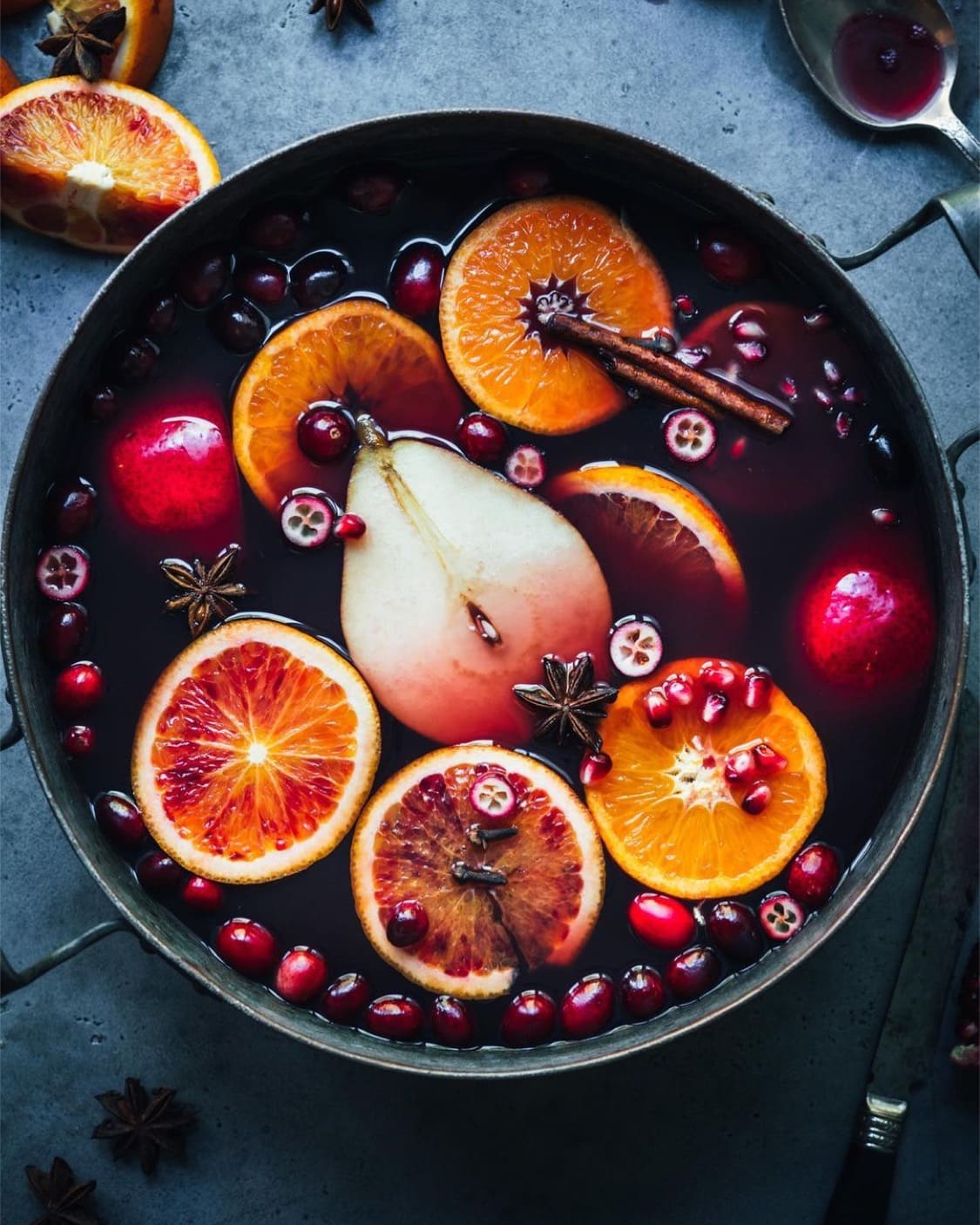
Keep Up with our instagram
Made with ripe, juicy tomatoes, sautéed onions, fresh garlic, and a touch of lime, this soup is bursting with flavor and packed with immune-boosting goodness. Add in shredded chicken, a dash of jalapeño for heat, and fresh cilantro for a vibrant finish, and you’ve got a comforting meal that warms both body and soul. 🌿🍋
Perfect for chilly days or when you need a little pick-me-up, this recipe is just one of many featured on our feed. Head to @WestlakeProduce for more seasonal inspiration and farm-fresh ideas! 🌟 #WestlakeProduce #SeasonalRecipes #MexicanPenicillin
WELCOME TO
Westlake Produce Company
For over sixty years, Westlake has been a leader in the Produce Industry.
Sourcing produce from all across North America to South America, Australia, and Europe allows us
to deliver fresh quality produce 365 days a year.
Relationships matter- We have many of the same shippers, carriers, and employees for decades.
Low turnover among our sales, accounting, and logistics employees creates experienced, loyal, and
happy professionals who are dedicated to our customers.
If you have a produce problem, we have the produce solution.
Original Recipes. Made Fresh. From our Growers, To your Table.
westlake newsletter
Sign up to our weekly newsletter to stay up to date with what’s happening at Westlake Produce or to get updates on what’s in season.

Family
Core Values
WE STAY TRUE TO WHO WE ARE.
WE HAVE FUN.
WE LISTEN, PROCESS AND ACT.
WE COMMUNICATE.
WE KEEP AN ATTITUDE OF GRATITUDE.
WE EMBRACE CHANGE.
WE TREAT OUR INDUSTRY AS FAMILY.
WE LEAD BY EXAMPLE.
WE FOLLOW THROUGH.
WE EXCEED EXPECTATIONS.
GROWER. WHOLESALE. RETAIL. FOOD SERVICE.
WE’VE GOT YOU COVERED.
